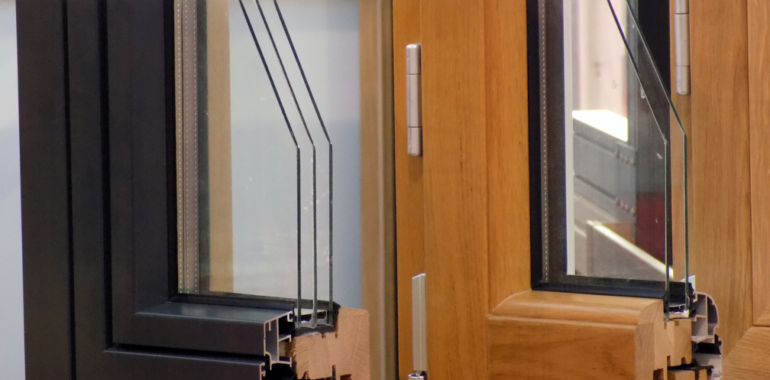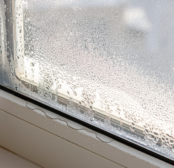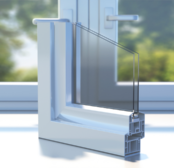If you want to make your Whitefish Bay home more energy-efficient with the help of new windows, it’s important to know how window energy ratings work. There are some different metrics and standards to look at, which can become confusing to those who are unfamiliar with them. However, if you understand them clearly, you can make informed decisions that align with your home's energy use goals.
Do you need some help picking out windows that will save you money on your energy bills? To help you make an informed choice, this new windows contractor in Whitefish Bay, Wisconsin is going to discuss some of the key things you should know about window energy ratings below.
Key window energy ratings explained
When considering new windows, it’s important to know the energy ratings of your preferred options. These ratings show how well those new windows keep heat in or out, let light through, and prevent air leaks. The ratings are standardized by the National Fenestration Rating Council (NFRC), which makes it easier for consumers to compare different window models.
Window energy ratings cover a spectrum of categories, including solar heat gain coefficient, U-factor, visible transmittance, air leakage, condensation resistance, and UV and infrared percentages.
- Solar Heat Gain Coefficient (SHGC): This number measures the amount of solar heat that can get through a window. A lower SHGC means the window is better at stopping solar heat. This is helpful during the summer because it keeps the home cooler without using the air conditioner as much.
- U-Factor: This rating measures how well the window insulates. A lower U-factor indicates better insulation, which keeps your home warm when it's cold outside and cool when it's hot outside.
- Visible transmittance (VT): VT measures the amount of daylight that comes through a window. A higher VT rating means more light will enter your home, making your living spaces brighter without affecting the indoor temperature.
- Air leakage: This rating measures the amount of outside air that comes through a window. Reputable new window contractors in Whitefish Bay, Wisconsin offer a wide selection of windows that have a low air leakage rating, which are proven to provide superior insulation.
- Condensation resistance: This rating shows how well the window prevents condensation. A higher rating suggests better performance in reducing condensation build-up.
- UV percentage: This shows how well the window prevents harmful UV rays from coming in. Lower UV percentages are often preferred because fewer UV rays can enter your home, which help you avoid sun fading and damage to your furnishings.
- Infrared percentage: This shows how well the window prevents infrared light from coming in. A lower infrared percentage means less infrared light (which generates heat) passes through the window, which helps keep your indoor space cooler.
Additionally, ENERGY STAR certification shows that the window meets strict energy efficiency criteria set by the Environmental Protection Agency (EPA) and Department of Energy (DOE).
As an informed consumer, it’s best to discuss these ratings with your new windows contractor in Whitefish Bay, Wisconsin before deciding on the right option for your home. This can help you save money on energy bills and keep your home bright and comfortable throughout the year.
Looking for a New Windows Contractor in Whitefish Bay, Wisconsin?
Now that you are familiar with the most common window energy ratings and their meanings, are you ready to start shopping for new windows? If so, and you’re looking for the best new windows contractor in Whitefish Bay, Wisconsin, look no further than the team at WASCO Windows. Contact us today to schedule a free consultation.






